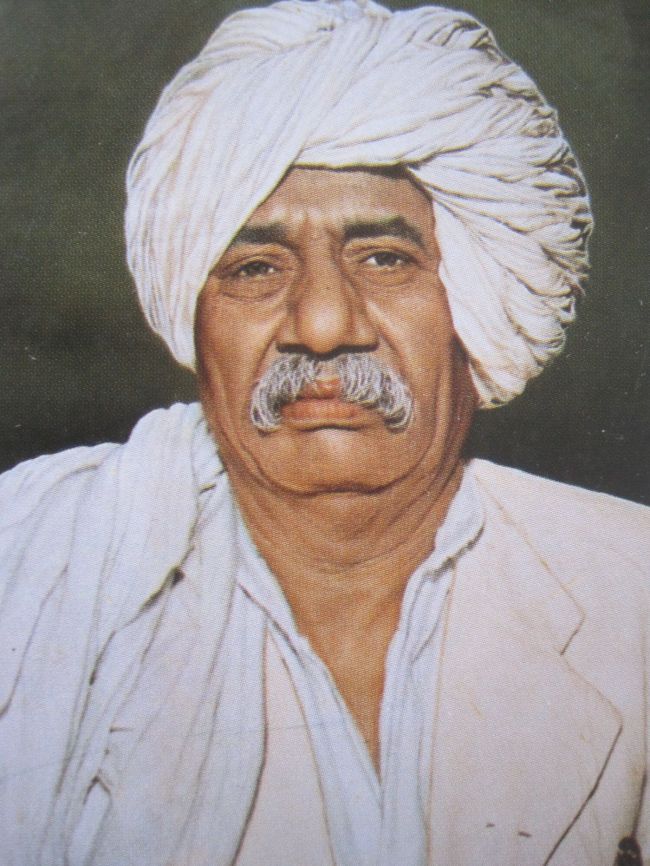This first week has been our orientation to the campus, and a time to understand the history of the town of Loni itself. The real success of Loni, is due to man and a visionary Padmashri Dr. Vitthalrao Vikhe Patil. (Padmashri is the 4th highest honor bestowed on an Indian citizen from the Indian government due to their efforts/success in certain areas.)
Padmashri Dr. Vitthalrao Vikhe Patil was born to an ordinary peasant family and was deeply moved by the poverty, illiteracy and disease that he saw in his community. Along side of the poverty he saw great potential for the community and sought out to make a difference and create a movement to empower and uplift this rural community. Although he was only educated through fourth standard he was not discouraged and continued to follow his path and see what he had envisioned turn into a reality. Eventually with the help of some people who believed in his dream as much as he did, a small rural town was built into a strong and unified community. Padmashri Dr. Vitthalrao Vikhe Patil used the resources that were available within the rural community (sugar cane) and is responsible for the first industrial co-operative venture in Asia which was started in 1949. This co-operative venture unified the farmers in this rural area and the Pravara Co-operative Sugar Factory was born. By involving the local farmers into this co-operative venture the power that was once in the hands of the private factory owners now lay in the hands of the farmers. No longer did these people suffer from oppression from money lenders and exploitation of big factory owners. He went on to establish the Pravara Medical Trust in 1972 which was meant to improve the health and health education of the people in Loni as well as the surrounding villages. Along with the establishment of the Sugar Factory and the Medical Trust, Padmashri Dr. Vitthalrao Vikhe Patil felt it was vital to establish other schools in the surrounding area to empower the children to reach higher education and to improve future generations.
All aspects of this vision are based off of the Integrated Rural Development Model. This community is run off of a self-sustaining model by which each community member encourages and helps one another. For example the sugarcane factory give farmers control over their crops. We learned while visiting the sugar cane factory that the factory itself is completely self-sustaining using the by-products of molasses, alcohol used as a separate source of income and bio-gas which is recycled and used to power the plant. I was impressed when visiting the schools that they run off of this model as well. Students who can-not afford to pay the fee receive a free education and those who have financial trouble can pay a low-cost fee. At the agricultural center farmers are encouraged to come and learn what will be the most beneficial for each individual crop and they have built a relationship with those who work at the agricultural center.
This community has built itself to be full of bright minds with a continued vision of improvement for the future.

